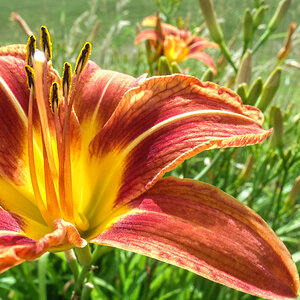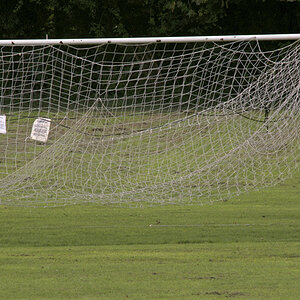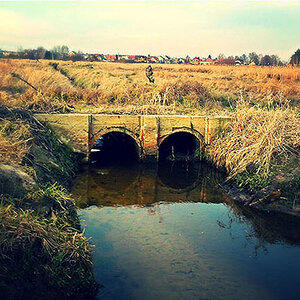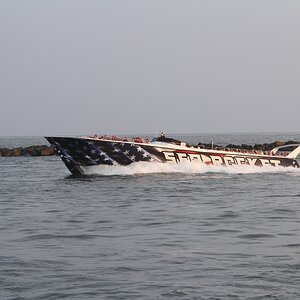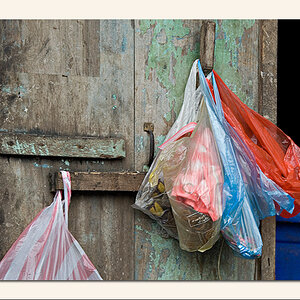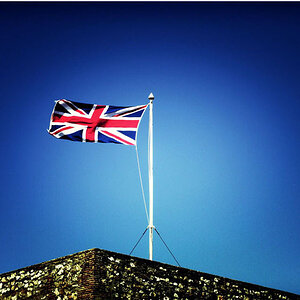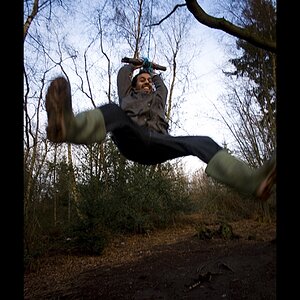nossie
TPF Noob!
- Joined
- Oct 15, 2007
- Messages
- 794
- Reaction score
- 2
- Location
- Dublin, Ireland
- Website
- www.quitealright.com
- Can others edit my Photos
- Photos OK to edit
An 85mm lens on a 350D camera.
It seems to me that many people think that you simply multiply the 85mm by the crop factor and you have a 136mm lens.
Here's what I think - You don't! Instead of more you get less. Go out and take a photo on a full frame camera with the 85mm lens, print it say 16" x 10", cut 1.6 from the sides leaving the middle 10" X 6.25" of the original size and that's what you get, a cropped photo.
-----------
| |-----| |
| |1.6x | |
| |-----| |
-----------
[no expense spared graphic]
Now if I had used a 136mm lens and would have been 1.6 times further back I would have got the same shot.
At no time did the 85mm lens turn into a 136mm lens we just simply cut off the sides to give the same viewing angle.
It seems to me that many people think that you simply multiply the 85mm by the crop factor and you have a 136mm lens.
Here's what I think - You don't! Instead of more you get less. Go out and take a photo on a full frame camera with the 85mm lens, print it say 16" x 10", cut 1.6 from the sides leaving the middle 10" X 6.25" of the original size and that's what you get, a cropped photo.
-----------
| |-----| |
| |1.6x | |
| |-----| |
-----------
[no expense spared graphic]
Now if I had used a 136mm lens and would have been 1.6 times further back I would have got the same shot.
At no time did the 85mm lens turn into a 136mm lens we just simply cut off the sides to give the same viewing angle.


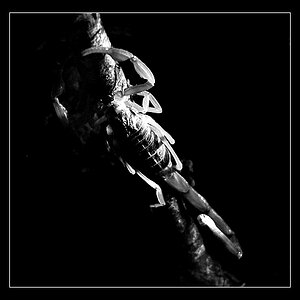
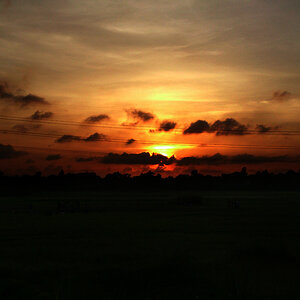
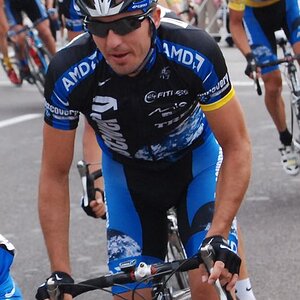
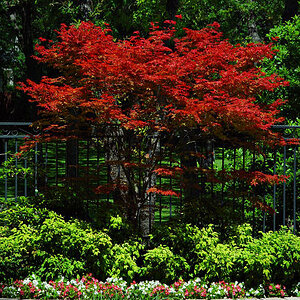
![[No title]](/data/xfmg/thumbnail/1/1592-cfae4a7ea791f96c6e2d03484be2e454.jpg?1619729144)
